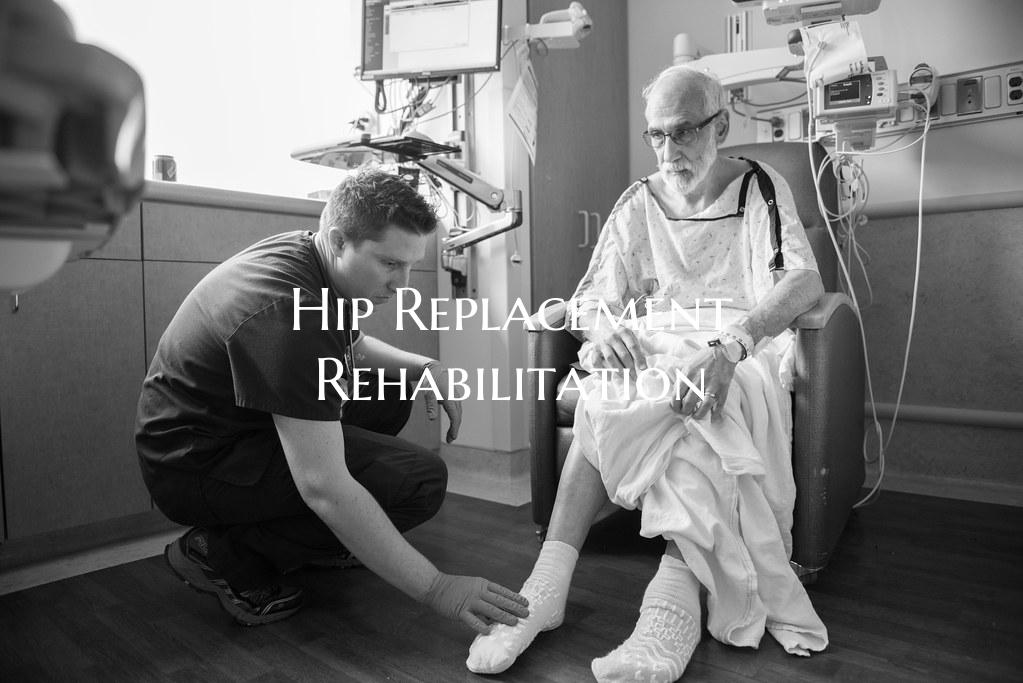
Hip Replacement Rehabilitation
Introduction: Hip replacement surgery is a common procedure that can significantly improve the quality of life for individuals suffering from hip pain or limited mobility. However, the success of the surgery largely depends on the rehabilitation process that follows. Proper rehabilitation plays a vital role in restoring strength, flexibility, and function to the hip joint. This guide aims to provide valuable information on hip replacement rehabilitation to help individuals navigate the recovery process smoothly and effectively.
Phase 1: Early Postoperative Period (Hospital Stay and Immediate Recovery) - Following hip replacement surgery, patients typically spend a few days in the hospital for monitoring and initial rehabilitation. - Physical therapists help patients begin with gentle exercises to improve circulation, prevent blood clots, and promote early mobility. - Occupational therapists may assist with activities of daily living, such as dressing and bathing, to ensure a safe and comfortable recovery. - Pain management strategies are implemented to address postoperative discomfort and facilitate healing.
Phase 2: Outpatient Rehabilitation (1-6 Weeks Post-Surgery) - Once discharged from the hospital, patients usually transition to outpatient rehabilitation programs or home-based exercises. - Physical therapy sessions focus on strengthening the hip muscles, improving range of motion, and enhancing balance and gait. - Therapists may incorporate modalities such as heat, cold therapy, ultrasound, or electrical stimulation to aid in pain relief and tissue healing. - Education on proper body mechanics, walking aids, and precautions to prevent falls is provided to reduce the risk of complications.
Phase 3: Long-Term Recovery and Maintenance (6+ Weeks Post-Surgery) - As patients progress in their recovery, the focus shifts towards regaining functional independence and returning to daily activities. - Continued adherence to prescribed exercises and therapy sessions is crucial for maximizing hip joint function and preventing stiffness. - Gradual return to low-impact activities like swimming, cycling, and walking is encouraged to maintain joint health and overall fitness. - Ongoing monitoring by healthcare providers helps track progress, address any concerns, and make necessary adjustments to the rehabilitation plan.
Conclusion: Hip replacement rehabilitation is a personalized journey that requires commitment, patience, and dedication from both patients and healthcare professionals. By following a comprehensive rehabilitation program tailored to individual needs, individuals can achieve optimal outcomes and regain mobility, comfort, and quality of life post-surgery. Remember, rehabilitation is not just about recovering from the surgery; it's about reclaiming your independence and enjoying a pain-free, active lifestyle.